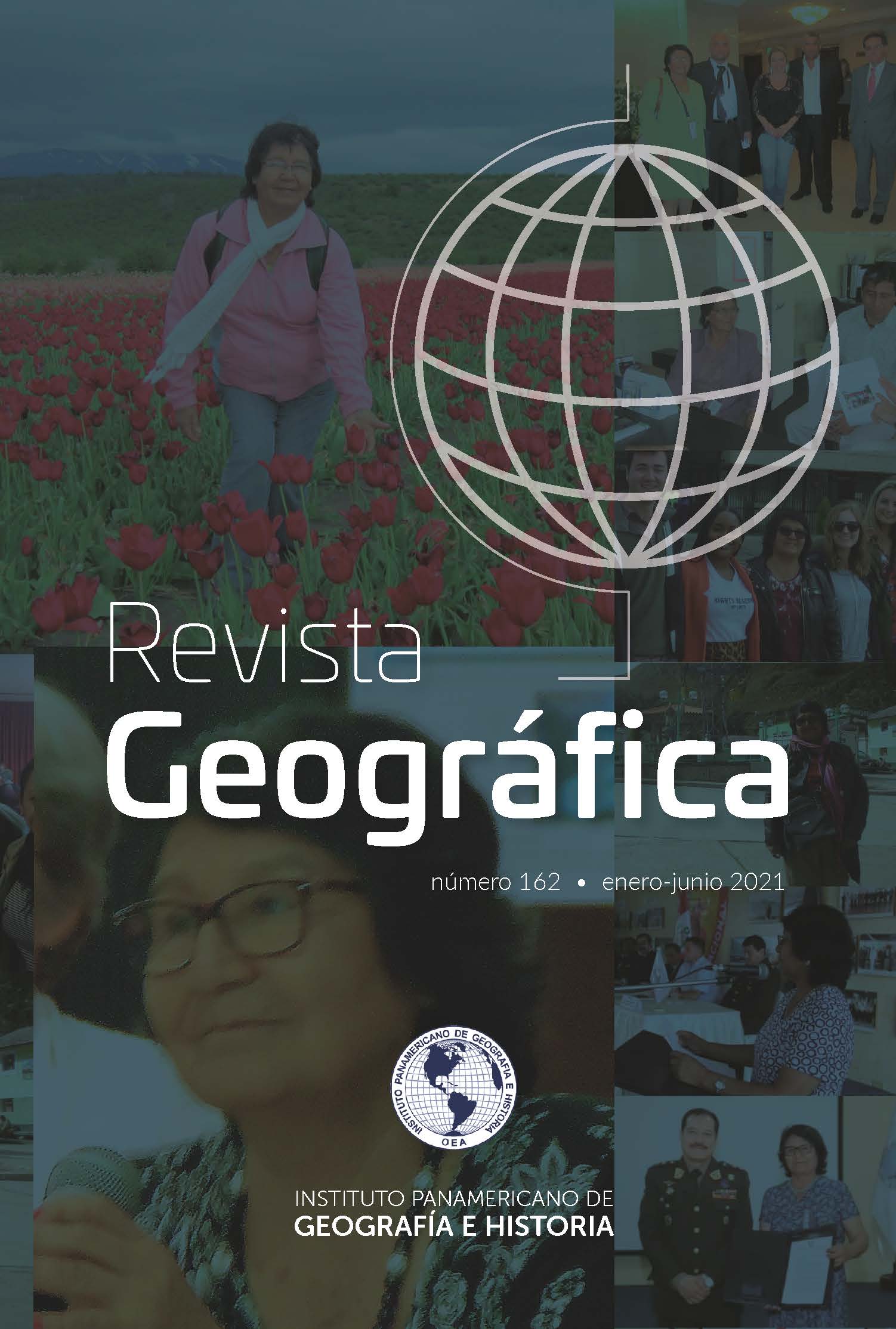Una mirada al trabajo femenino del cultivo de la quinua, en la Región Andina
Main Article Content
Abstract
Among the most complex tasks that humanity has to achieve the Sustainable Development Goals of the United Nations by 2030 are eradicating hunger, poverty and gender inequality at work, (Organización de las Naciones Unidas, 2019). Latin America, despite being one of the regions most affected areas by these aspects, has exceptional landscapes with a great biodiversity and multiculturality, (Comisión Económica para América Latina y el Caribe, 2018). However, the Andean territories of Peru, Bolivia, Ecuador and Argentina constitute the geographical space with an extraordinary productive capacity for native foods (Balbin Ordaya, 2014, p. 33).
Among all the crops in the Andean region, quinoa Chenopodium quinoa, is one of these native foods, called golden grain, for all the diverse nutritional properties it has. (Organización de las Naciones Unidas para la Alimentación y la Agricultura, 2012). If we add to this the revaluation of the rural territory and the presence of community projects and initiatives that promote the empowerment of women as the leading cultivation and processing, quinoa is one of healthy, economically viable option, that the Andean peoples have to raise profits, and get out of poverty, eradicate hunger and achieve equity of gender in rural work, underestimated in the area.
Downloads
Article Details
-
Abstract1183
-
PDF (Español)906
